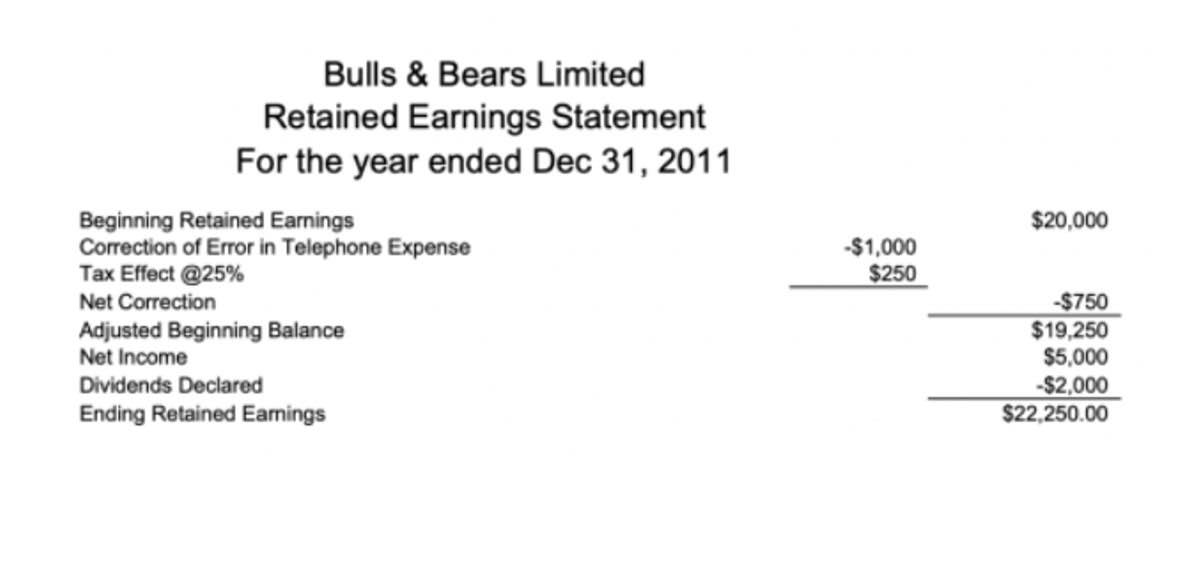Understanding Ledger Accounts, T- Accounts and Chart of Accounts

This process is critical for accounts like cash, where inaccuracies can significantly impact liquidity management. Tools like bank reconciliation statements or automated accounting software streamline this task. Balancing and reconciling T https://www.bookstime.com/articles/accounting-cycle accounts ensures financial records’ accuracy. Balancing verifies that total debits equal total credits within each account, a requirement of double-entry bookkeeping. Balancing provides a snapshot of an account’s status, essential for preparing accurate financial statements. For different account types, a debit and a credit may increase or decrease the account value.

Corporate and Business Entity Forms
As the volume of transactions increases, maintaining trial balance T-accounts manually becomes impractical and prone to mistakes. This limitation becomes apparent when preparing financial statements or conducting financial analysis requiring granular insights. Without detailed records, it’s challenging to accurately assess the financial health of an organization or comply with regulatory requirements.
- Permanent accounts are real values that shows their balances at a particular point in time.
- The left side of the Account is always the debit side and the right side is always the credit side, no matter what the account is.
- For example net sales is gross sales minus the sales returns, the sales allowances, and the sales discounts.
- Depreciation, calculated using methods like the Modified Accelerated Cost Recovery System (MACRS), reduces the asset’s book value over time.
- This way you can trace each balance back to the journal entry in the general journal if you have any questions later in the accounting cycle.
Using T Accounts for Transactions: A Step-by-Step Guide

Liability T accounts represent obligations the company must settle, such as loans, accounts payable, and accrued expenses. For instance, when a business takes out a $100,000 loan, the cash account is debited, and the loan payable account is credited to record the liability increase. Under IFRS, liabilities are classified as current or non-current based on the settlement timeline, affecting their presentation in financial statements. Monitoring liabilities is key for metrics like the debt-to-equity ratio, which evaluates financial leverage by comparing total liabilities to shareholders’ equity.

How are the main accounts represented in T accounts?

The accounting department later catalogs those labor payments under “operating expenses” instead of under “inventory costs” (which is where factory labor costs should go). If the labor costs are still debited and credited fully, then this type of mistake can also be difficult to catch. Yes, T accounts can help detect fraud or errors in accounting records by providing a detailed trail of transactions. Discrepancies between debits and credits or unusual patterns in T accounts may indicate fraudulent activity or errors that require further investigation.
- The debit entries entered on the left side of the T account should always balance with the right side, or credit side of the account.
- The major components of the balance sheet—assets, liabilities, and shareholders’ equity—can be reflected in a T-account.
- A review of the checking account of a company showed a beginning balance of $500, total deposits of $1,500 and total withdrawals of $700 as shown in the T-account above.
- The credits and debits are documented in a general ledger, which must match all account balances.
Moreover, T-accounts do not facilitate the integration of non-financial data, such as market trends, customer preferences, or operational metrics, which are crucial for holistic decision-making. Consequently, businesses relying solely on T-accounts may overlook valuable insights and opportunities for improvement. T-accounts, those trusty tools of the accounting trade, are indeed quite helpful in illustrating the movement of funds within a business’s various accounts. But, like any tool, they have limitations, which are crucial to recognize to ensure accurate financial reporting and decision-making. Debits and credits can be tricky initially, but they’re the foundation of understanding how businesses track their finances. Below are the remainder of the journal entries relating to bank that we will enter in our bank T-account.
A Few Useful Things to Know Before we Jump into T Accounts
The chart of accounts can be expanded and tailored to reflect the t accounts operations of the company. The statement of financial position reports three main sections or elements called assets, liabilities and equity, while the income statement reports two main elements, namely income and expenses. Accountants add increases on the debit side in assets, owner’s drawing accounts, and expense, while on the credit side, there is a liability, income, and owner’s capital accounts.



